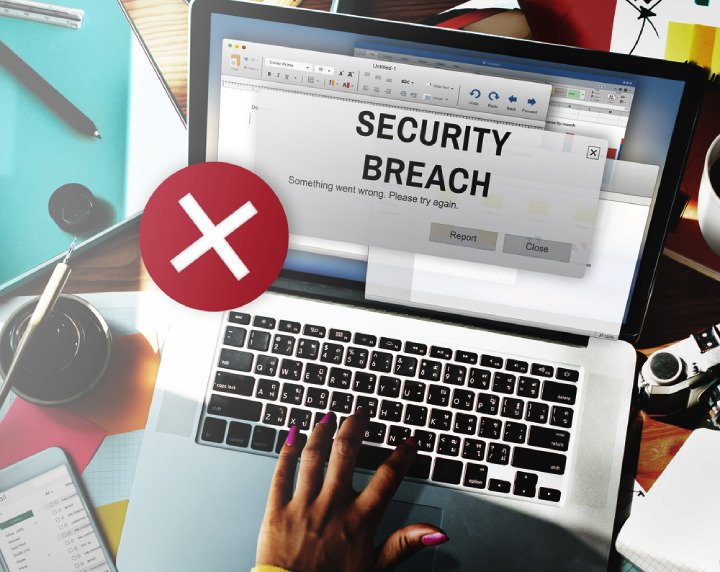The days of the macOS being the most secure OS are long gone. These days, it’s one of the most vulnerable operating systems, and the list of potential threats is more extensive than ever. This is all “thanks” to the recent spike in Mac’s popularity. The more people around the world started to use it, the bigger of a target it became.
In this post, our focus shifts from answering the questions like “What is the best Mac antivirus” or “Does Norton work on the macOS.” Instead, we emphasize the threats and viruses themselves. We want to introduce you to the most dangerous hacker attacks you may fall victim to. By learning about them, you’ll have a better chance of keeping your device safe.
What Are The Threats?
The modern methods for hacking are developing all the time. This year showed the increase in the cyber attacks, while the Mac users are not an exception. There are phishing, ransomware, device hijacking, keylogging, and miner threats that can easily make your life a nightmare.
Phishing
How many times have you received an email with suspicious attachments? Hopefully, you’ve never opened them. Phishing refers to malicious links to fake websites and harmful attachments. Here’s how it works: the criminals make you believe that the email is 100% safe, as it came from someone you know and trust. However, they actually copy the real addresses with slight differences/changes that can’t be noticed by the naked eye.
And, the second the user follows the provided links or opens the attachments, that automatically starts the malware download-installation procedure. Even if you have the most advanced antivirus software installed on your device, once phishing finds its way into the OS, it will be quite a challenge to locate and eliminate it. In other cases, malicious links trick you into sharing logins-passwords and credit card info with fake copies of banks and other legit websites.
Ransomware Attacks
As the name suggests, ransomware is a type of malware that demands a ransom from the user. It encrypts the essential data on the OS and blocks access to it. The only way to get back control over the files, folders, and apps is to pay that ransom. Usually, hackers only accept bitcoins, as they don’t leave any digital traces for the authorities to follow.
The experts are calling ransomware the most advanced type of Mac attacks. And, while the best antivirus solutions are relatively successful at detecting and eliminating them before they cause any harm, you still have to be extra careful.
One way would be to store all the vital data in the cloud – by doing that, you’ll always have access to it even when ransomware takes over the macOS.
Keylogging Malware
In some ways, keyloggers are similar to phishing in that they also try to steal sensitive info/data from the users. However, they don’t need to lure them into any fake/malicious websites for that.
Instead, they plant themselves deep into the operating system and quite literally copy every single keystroke. All the collected information becomes available to the cybercriminals, and they can use your logins and passwords for easy access to, say, your bank account.
So, what can you do against these types of attacks? The most effective solution would be to invest in an internet security suite that will protect not only against “regular” malware but also sophisticated attacks (like keyloggers).
Webcam/Mic Hijacking
By finding vulnerabilities in the network, cybercriminals can get their hands on the OS and plant hijackers. These tiny apps then stream everything they capture from the web camera or the microphone back to the hackers, similar to keyloggers.
Mostly, webcam hijacking is used to spy on people. And while that doesn’t pose a significant threat to security, it is a big problem for privacy.
The Miner Threat
Last but not least, let’s talk about miners. This is a relatively new threat: it emerged with the boom of crypto-currency. People started to “mine” crypto through their video cards and made money from that. Now, for a miner to be effective, it needs to penetrate the system’s defensive lines and mask itself as a harmless file. Once it does that, the mining starts.
The most effective way to figure out that there is, indeed, a mining malware taking advantage of your computer is to check the GPU’s activity. If you’re not running any resource-heavy tasks (like a videogame), but the video card is being pushed to the limit, best believe there’s a crypto-miner doing that. Run a full scan of the system – that might solve the problem.




